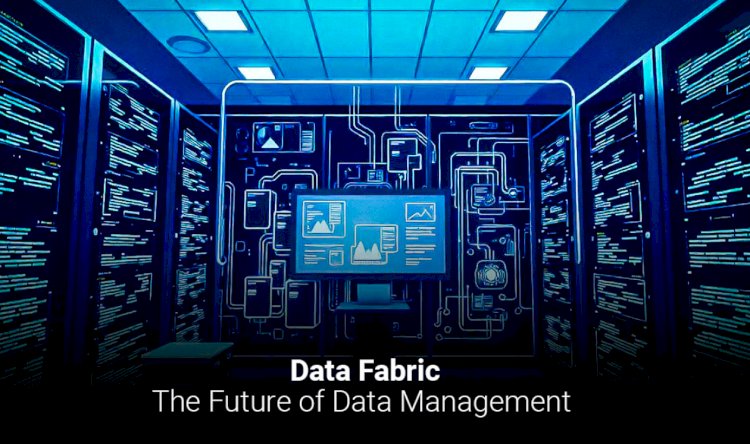Data Fabric: The Future of Data Management

We all know that data is the new oil, but managing and accessing data efficiently is a challenge. Traditional data management methods are siloed and fragmented, often needing help to keep pace with data growth. This is where data fabric emerges as a game changer.
It is an interconnected network where data flows freely without any siloes and complex architectures. Data fabric promises to be a unified, scalable infrastructure that breaks down barriers between different data sources, making it easier to discover, access, and analyze data.
In this article, we’ll discuss the data fabric concept, its benefits, challenges, and the key factors to consider when implementing it.
The data fabric represents a paradigm shift in data management. It improves data accessibility and enhances data quality, offering a solution for organizations in this data-driven world. However, implementing data fabric architecture requires careful planning, investment, and execution. The data fabric offers a promising path forward, providing a scalable, flexible, and efficient approach to managing and utilizing data. By embracing it, organizations can position themselves for success in the data-driven era.

















